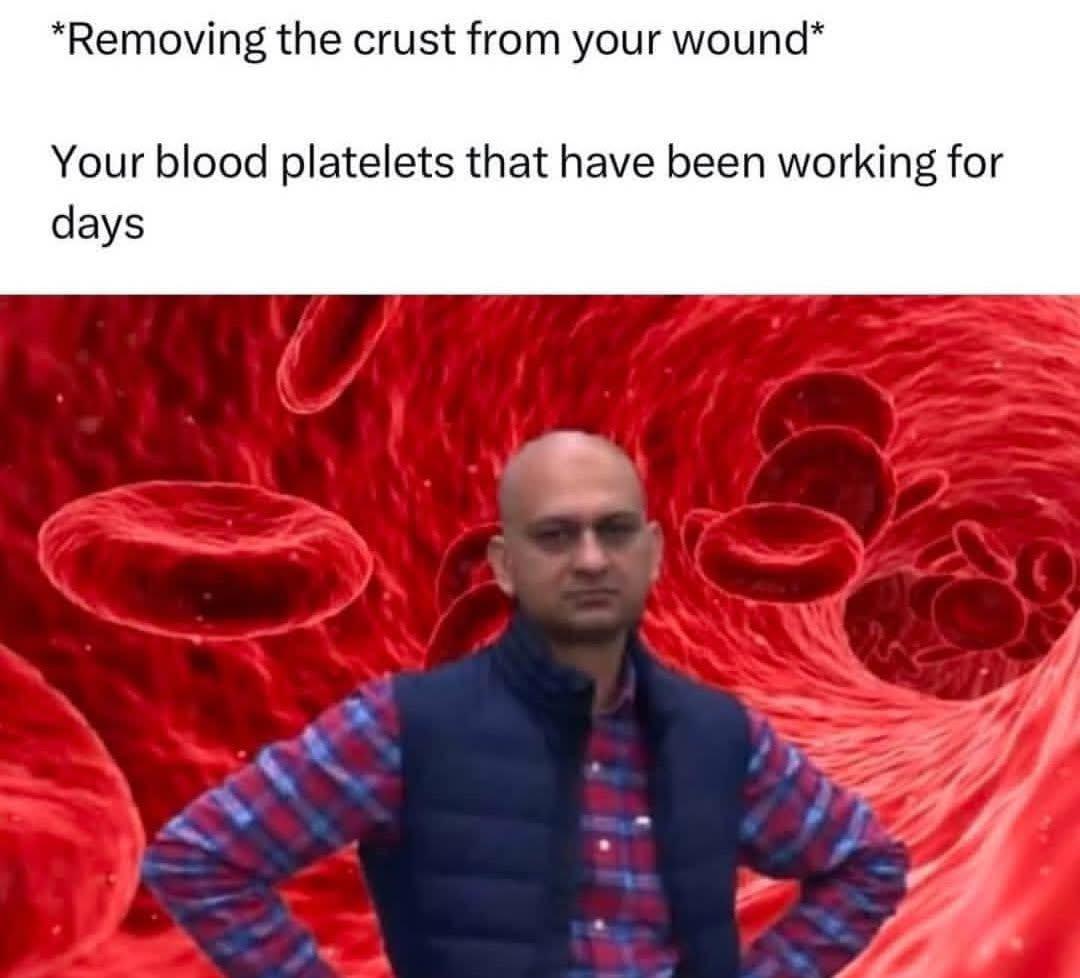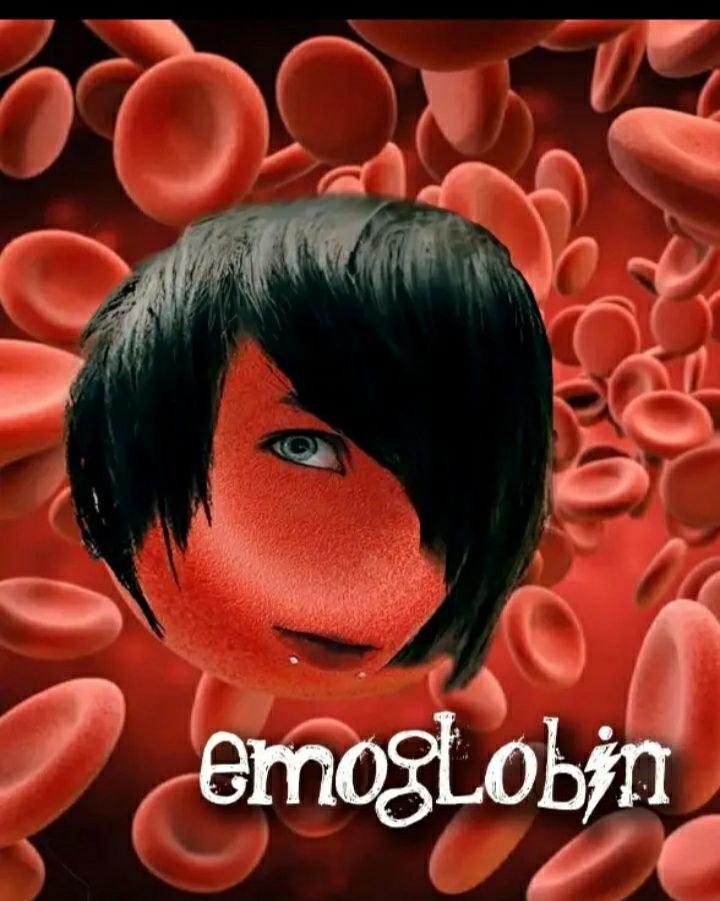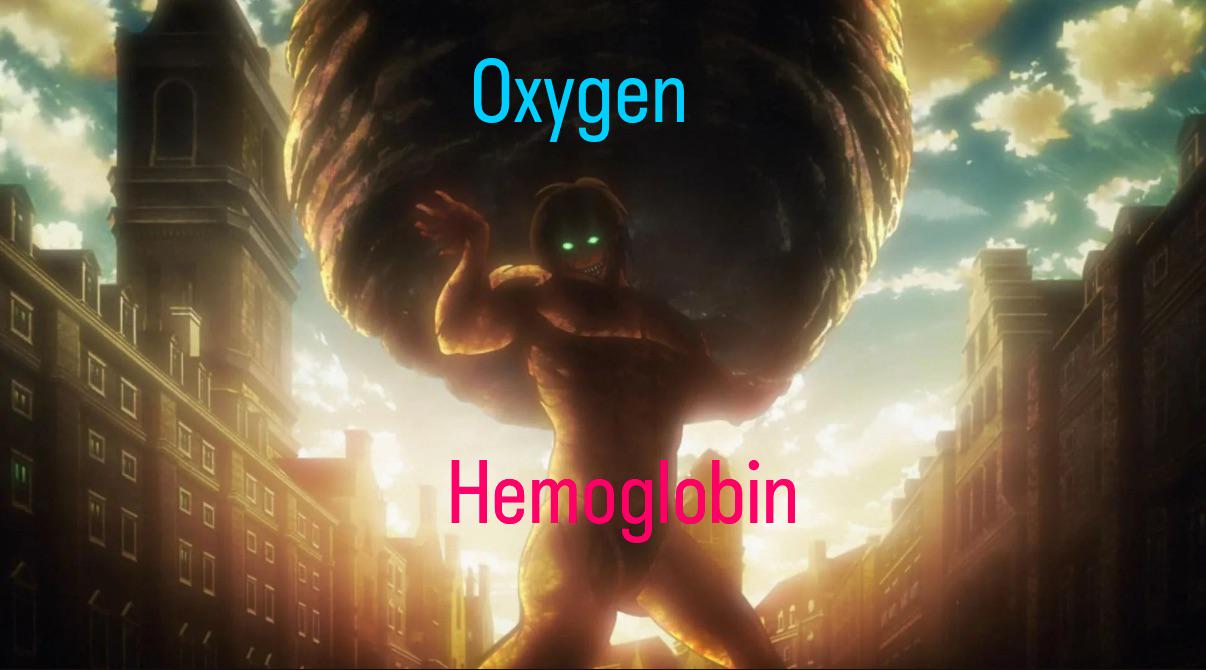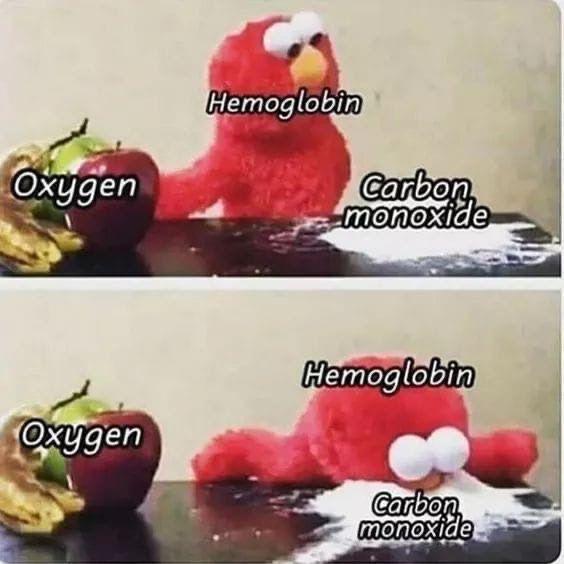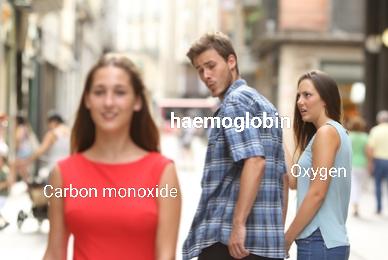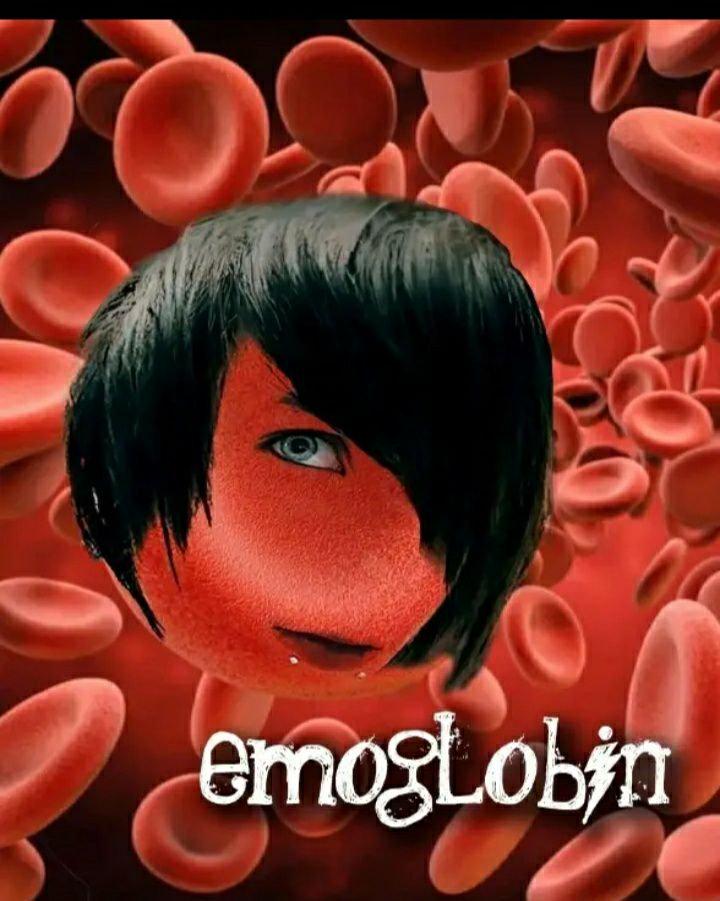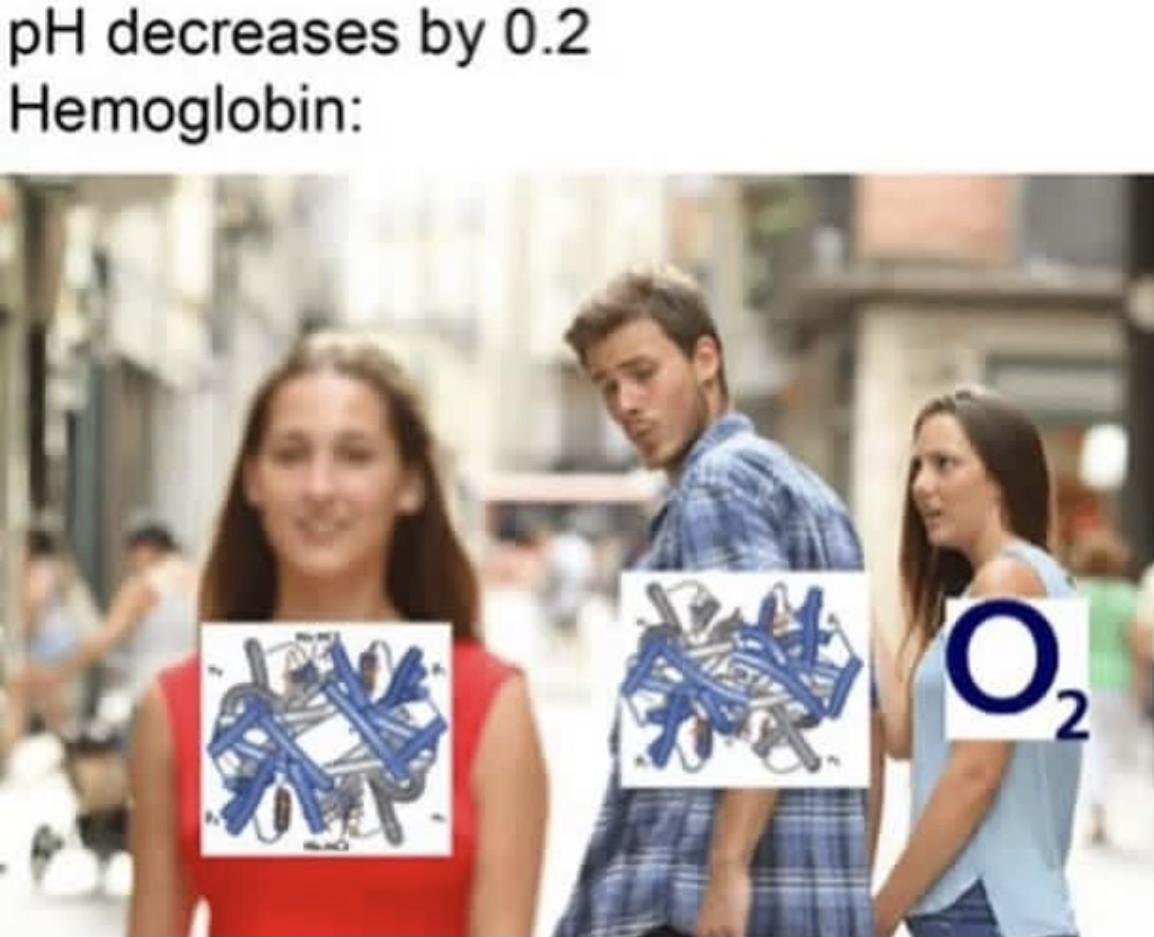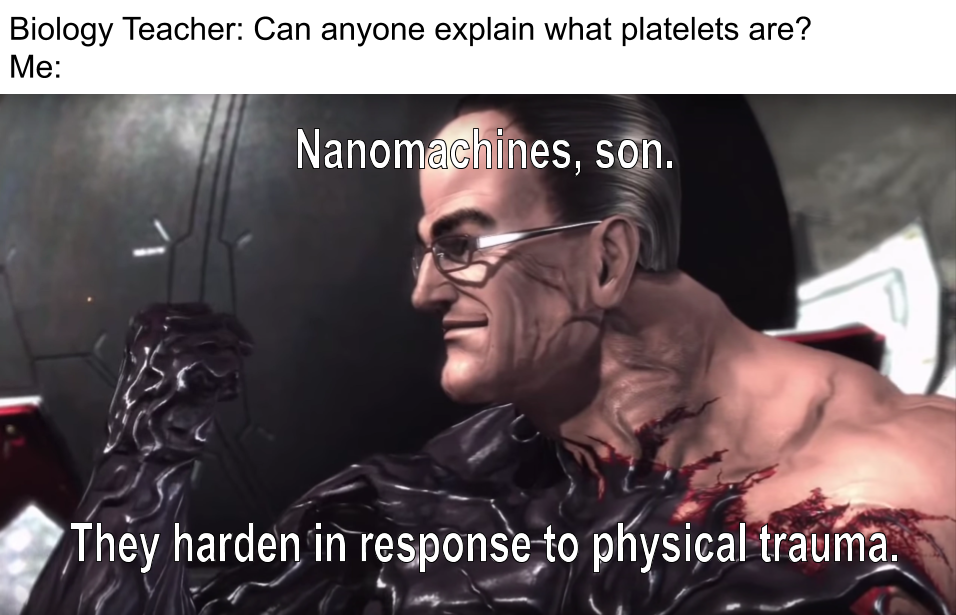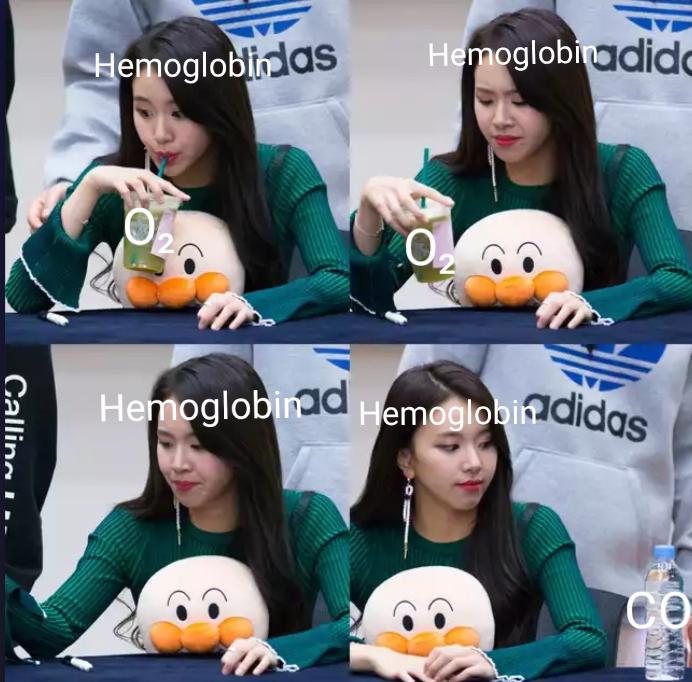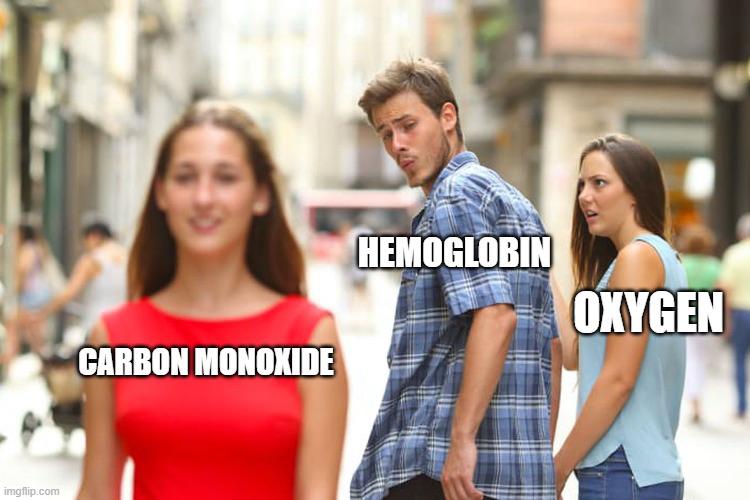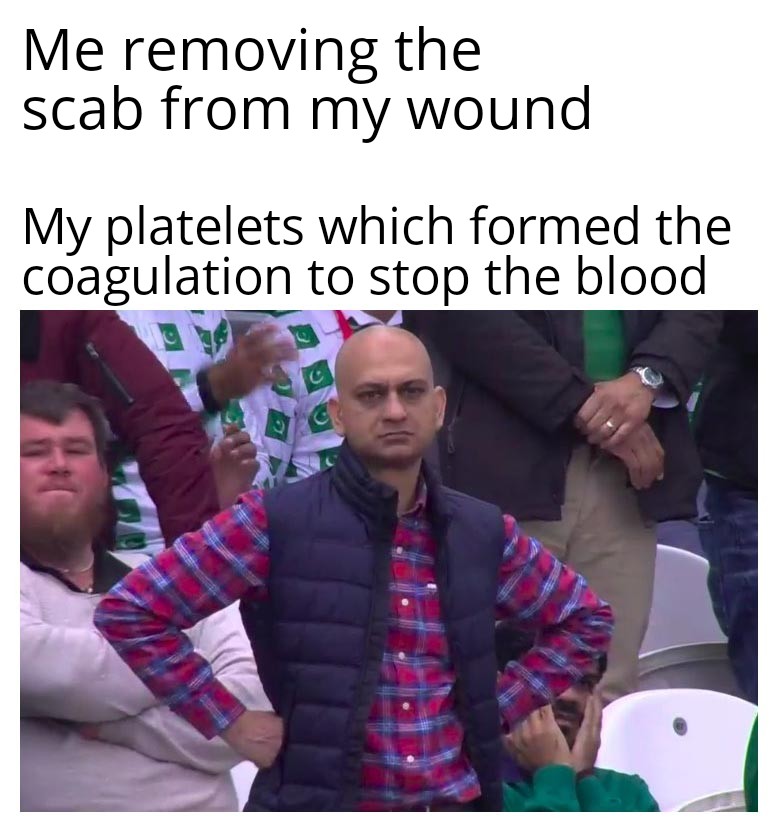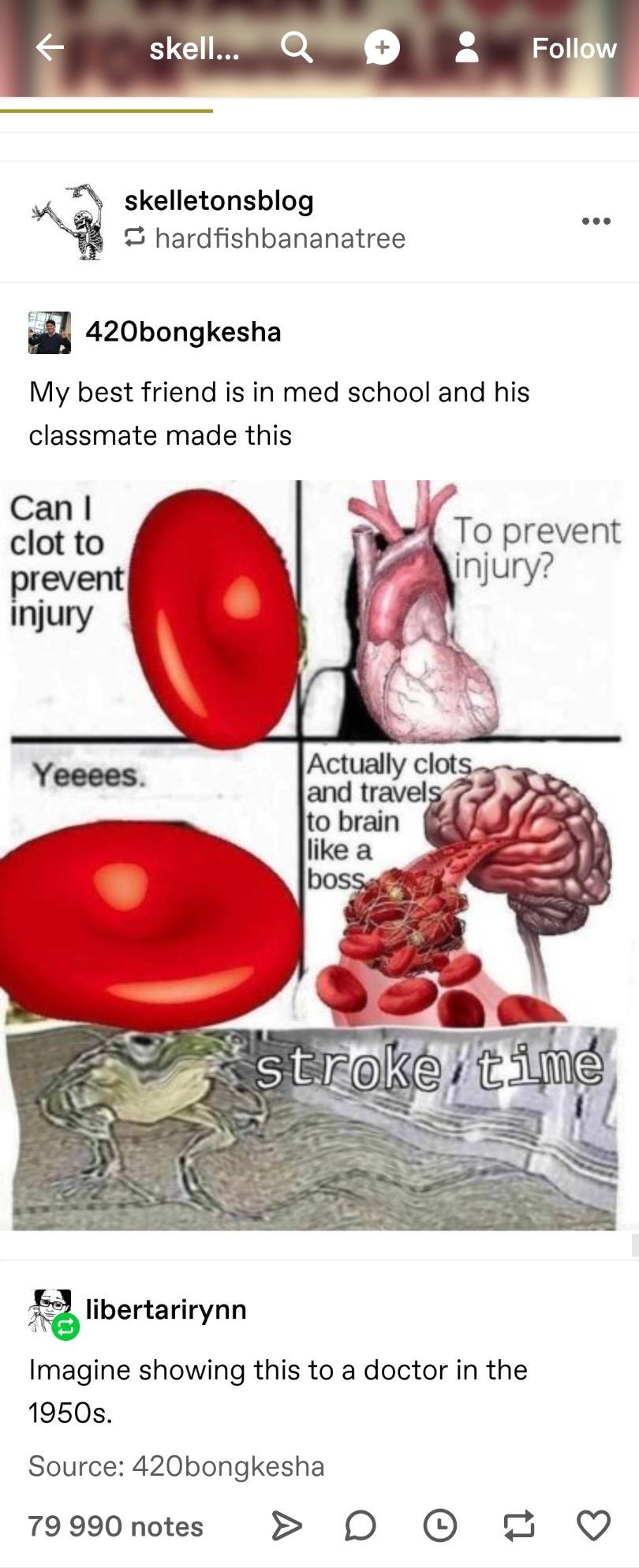Ever notice how hemoglobin is basically just a molecular party animal? It picks up oxygen, drops it off, and then does it all over again. The meme brilliantly shows the cycle of hemoglobin binding with different molecules (O₂, CO₂) during gas exchange in your bloodstream. Hemoglobin's like that friend who can't commit to one relationship - oxygen in the lungs, carbon dioxide in the tissues. A promiscuous protein that's literally keeping you alive with its fickle molecular bonds. Without this microscopic drama queen shuttling gases around, we'd all be dead in minutes. Talk about high-maintenance relationships!


 Academia
Academia
 Ai
Ai
 Astronomy
Astronomy
 Biology
Biology
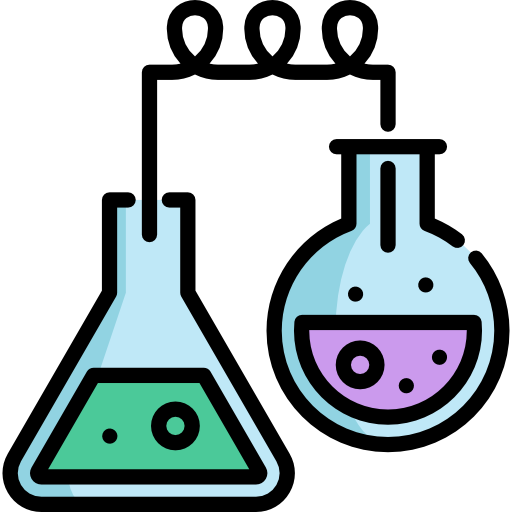 Chemistry
Chemistry
 Climate
Climate
 Conspiracy
Conspiracy
 Earth-science
Earth-science
 Engineering
Engineering
 Evolution
Evolution
 Geology
Geology
